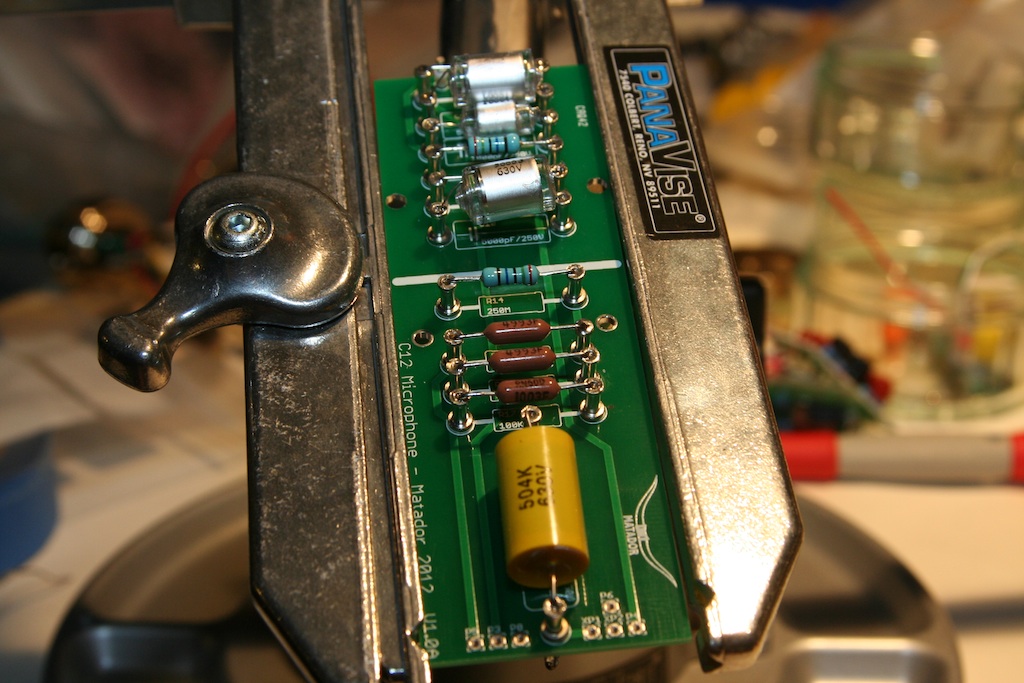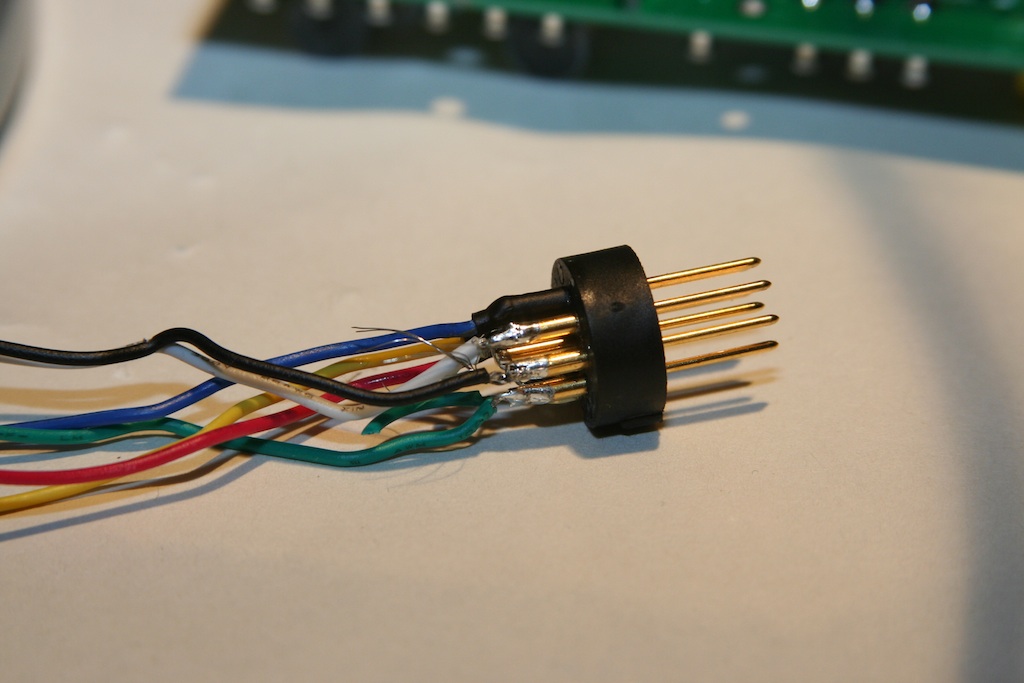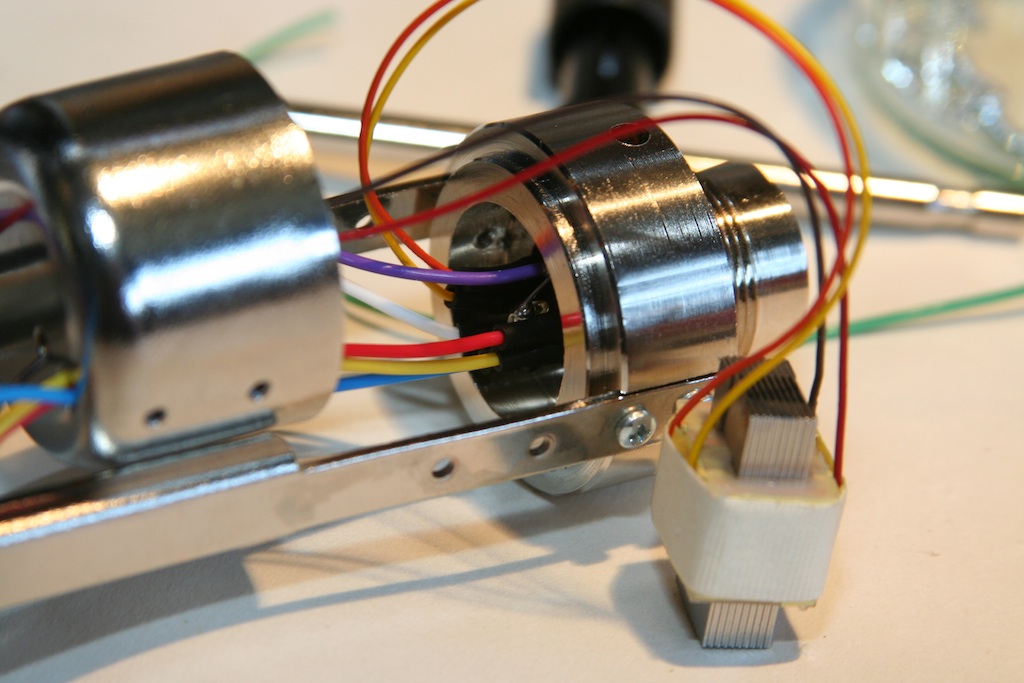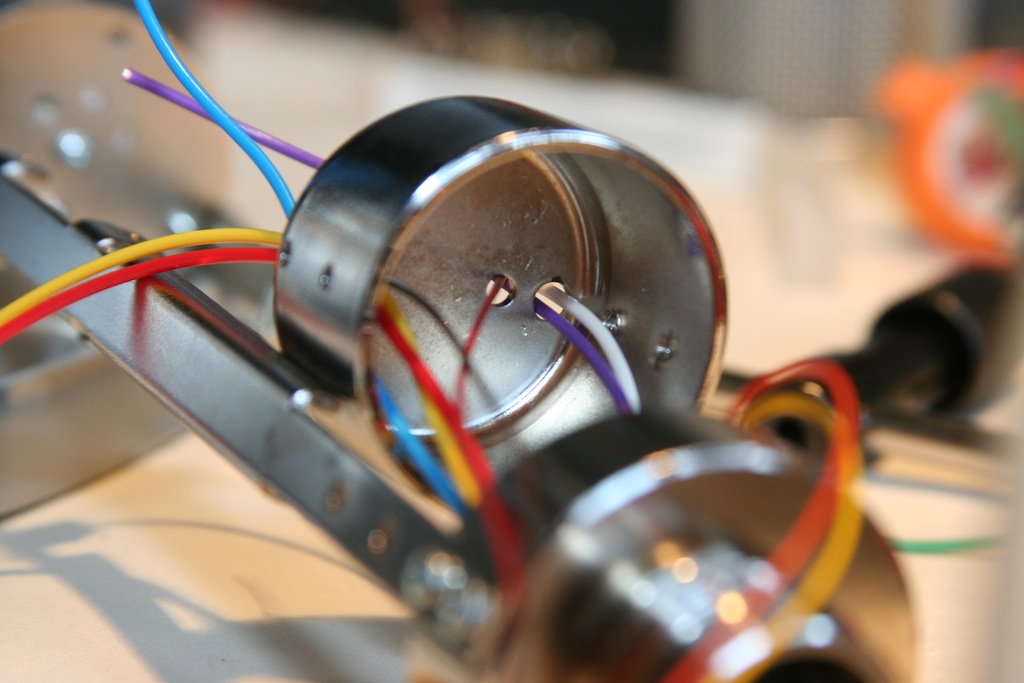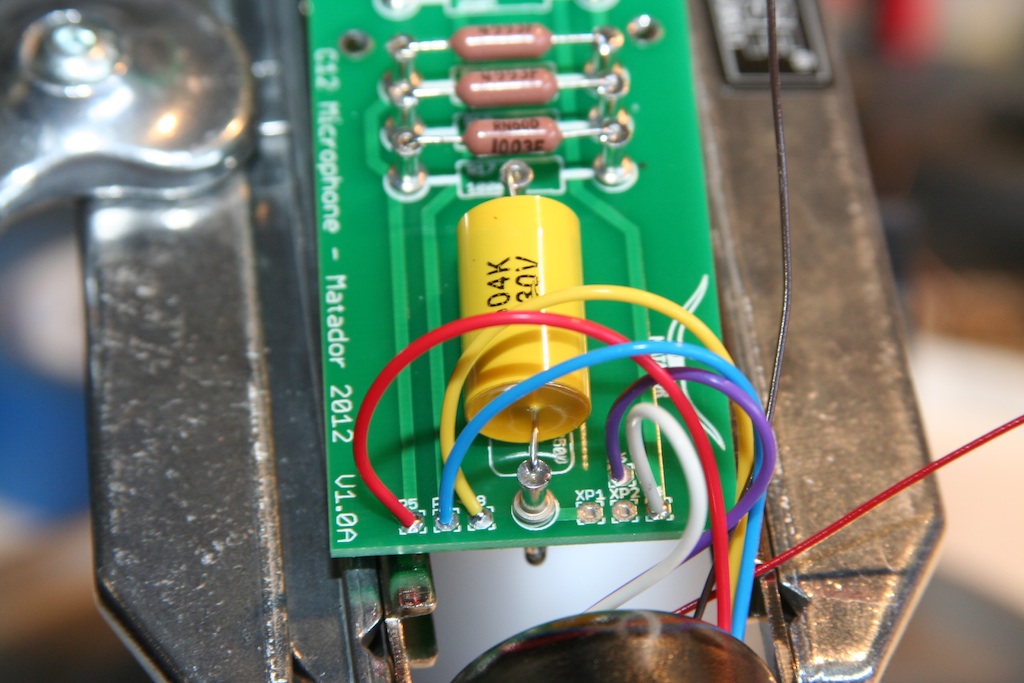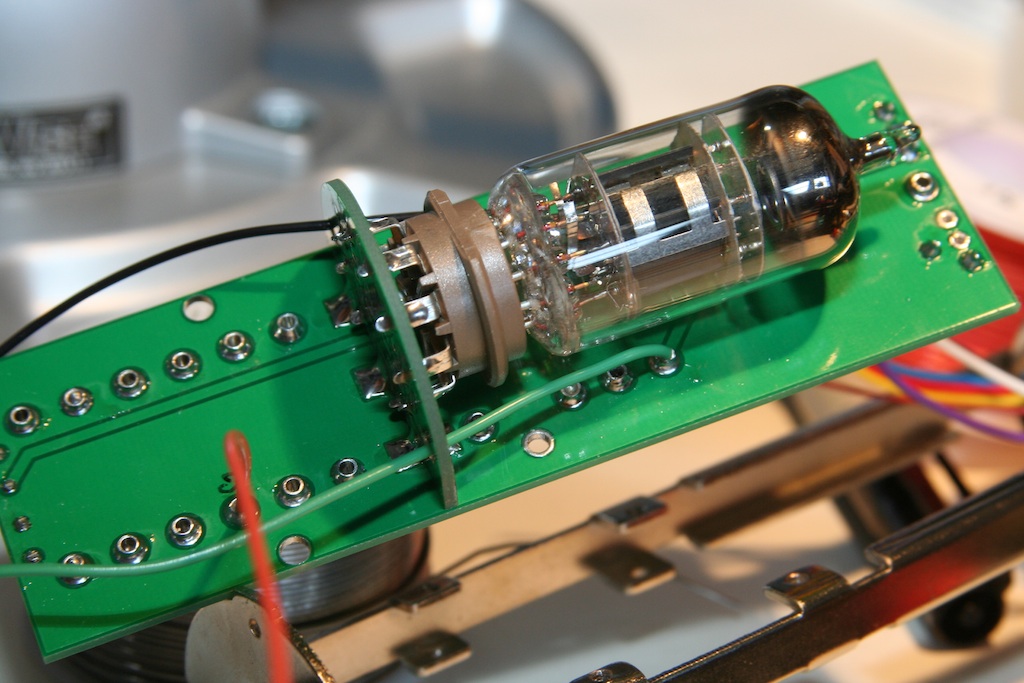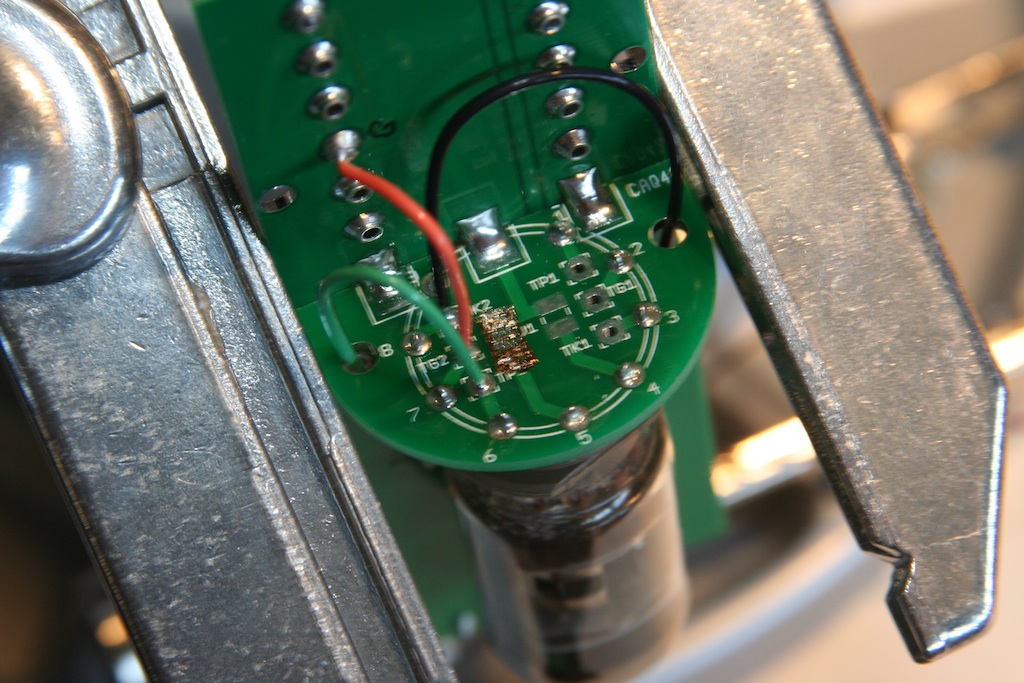kidvybes
Well-known member
- Joined
- Dec 6, 2011
- Messages
- 280
chunger said:Quite a few companies advocate the ccda circuit that utilizes both halves of the tube like the stock HT-11A, but in this case, if the mics can sound fantastic with plate follower, I'm really keen on extending my tube life especially if dropping over $100/tube.
...just a quick thought on the differences I've observed when comparing tube mics with simple plate-follower circuits to ccda variations...IMHO, the plate-follower based designs offer more clarity, more detail, more natural/natural tonality with more "air"...they stack better when multi-tracking (minimal hash or mud buildup)...they also reveal more of a difference in tonality from tube to tube when swapping different tube options...implementing a design that allows for the swapping of triodes is brilliant, since as Chunger pointed out, the availability of low-microphonic NOS tubes is constantly diminishing...
...on the other hand, ccda mics tend to offer more "color" or "mojo"...they tend to be "character" mics rather than the more neutral/natural flavor that the plate-follower design offers...since the ccda utilizes both triodes of the tube, it becomes more critical to find a "balanced" tube option (both triodes offering matched performance characteristics), and while the tube doesn't seem to effect the mic's tonality as much as it does in a plate-follower, the overall performance will be effected if there is a substantial imbalance between the tube's 2 triodes...IMHO, ccda mics work best when single tracking a solo voice or instrument, unless of course you're going for a more distorted/driven, thicker character by doubling or stacking tracks...
...this is not to imply that capsule and transformer choices don't play a vastly important part in a mic's voicing, but I it would seem that when designing a microphone with a specific character/tonality in mind, implementing one or the other of these circuits would better compliment a particular capsule or tranny combo in achieving that ultimate voicing goal...
...if I were to liken the two circuit designs to classic preamps, I'd say the plate-follower is closer to the API (clean, detailed) and the ccda is more of a Neve (driven, thicker) sound...of course, those are very generalized comparisons but IMHO, they 2 designs tend to favor those tonal characteristics...
...both "flavors" have a place in a well-balanced mic locker, but I find myself reaching for the plate-follower based tube mics more often for vocal duties when tracking various vocal styles...since these are personal preferences, YMMV...



















![Electronics Soldering Iron Kit, [Upgraded] Soldering Iron 110V 90W LCD Digital Portable Soldering Kit 180-480℃(356-896℉), Welding Tool with ON/OFF Switch, Auto-sleep, Thermostatic Design](https://m.media-amazon.com/images/I/41gRDnlyfJS._SL500_.jpg)













